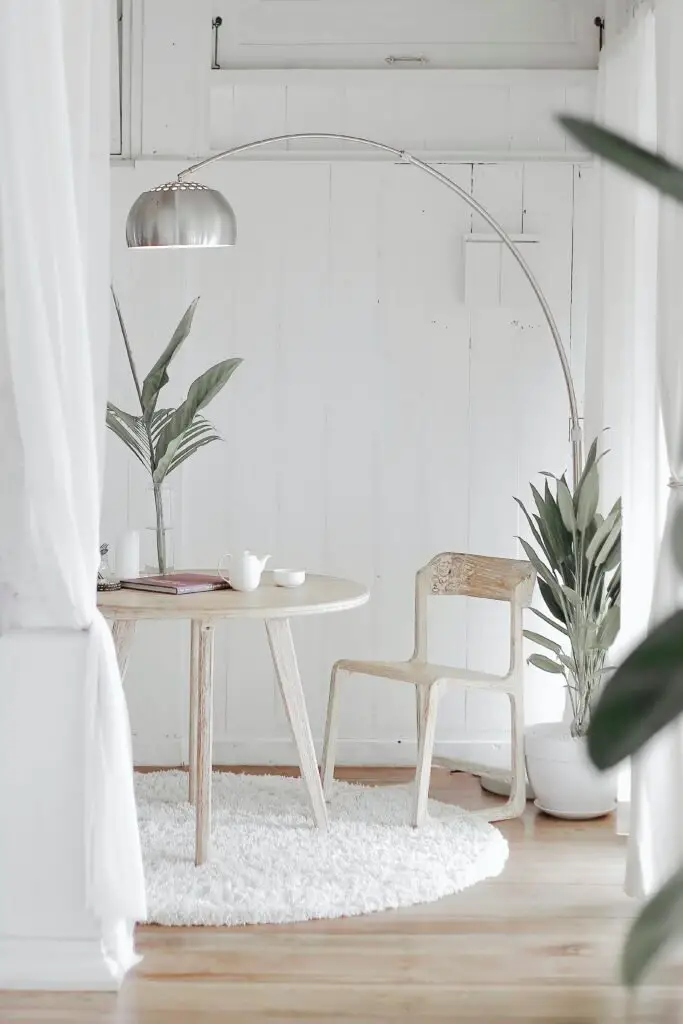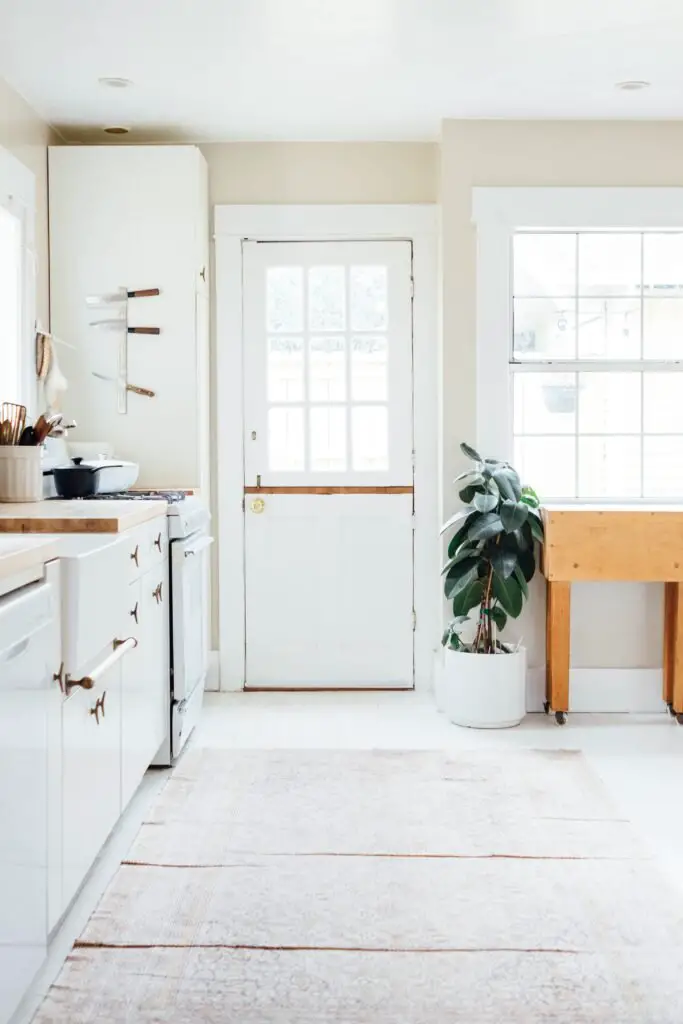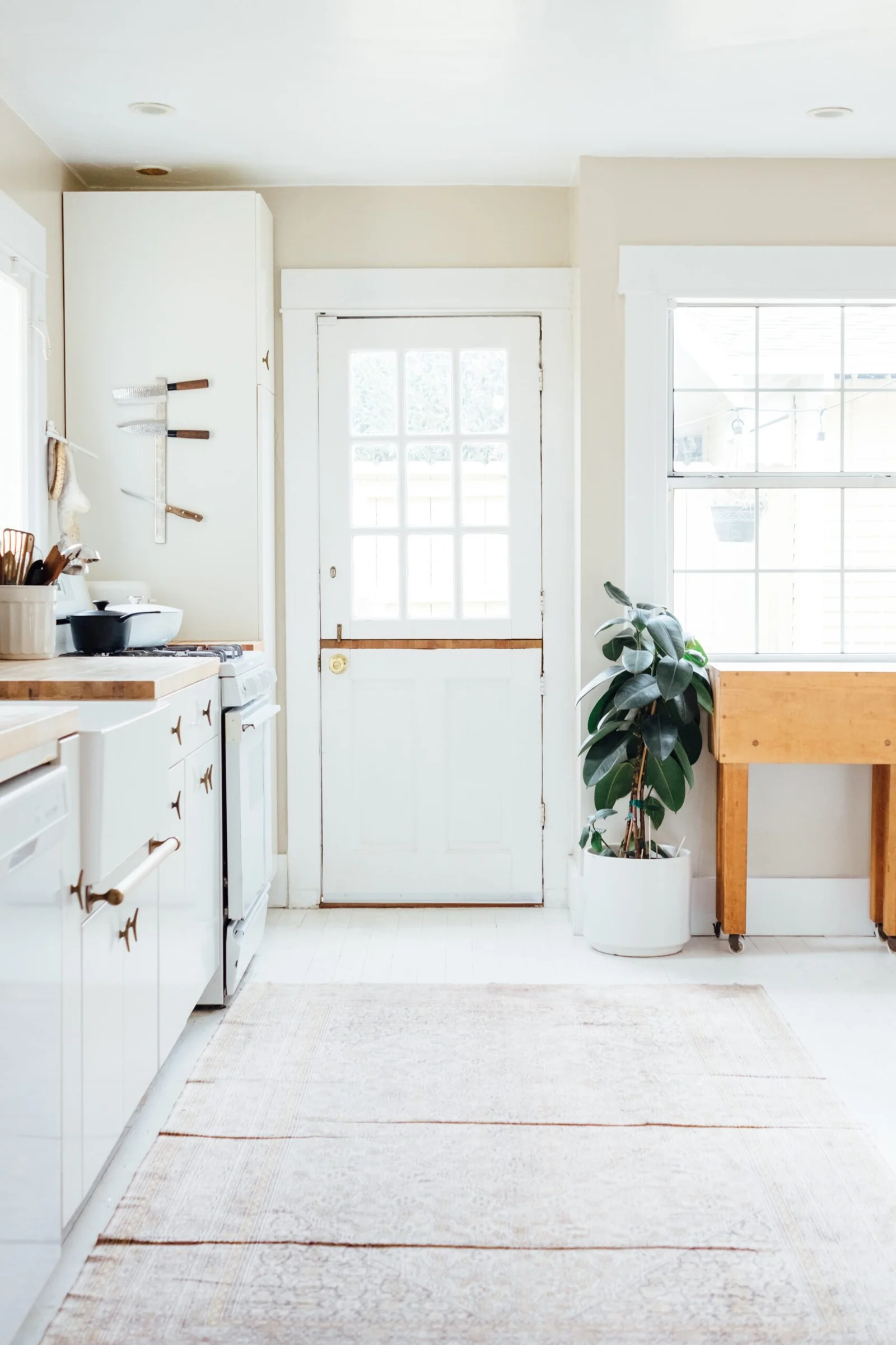Ready to give your walls a fresh new look? Look no further than our revolutionary product, “How Many Coats Paint Over Primer.” With its innovative formula and user-friendly application, this game-changing paint will transform your spaces with an unmatched level of ease and efficiency. Say goodbye to uneven coverage and hello to a flawless finish. No need to worry about how many coats are required – our product has it all figured out. Whether you’re a DIY enthusiast or a professional painter, “How Many Coats Paint Over Primer” will revolutionize your painting experience. Get ready to achieve that picture-perfect, professional-quality result in no time.

How Many Coats Paint Over Primer?
Table of Contents
Understanding Primer
What is primer?
Primer is a preparatory coating that is applied to a surface before the paint is applied. It acts as a foundation for the paint and helps to improve its adhesion and durability. Primers are usually available in different types, such as oil-based, water-based, and shellac-based, to suit various surface types and paint applications.
Why is primer important?
Primer plays a crucial role in the painting process as it provides a uniform surface for the paint to adhere to. It helps to seal the surface, prevent stains and discoloration from bleeding through, and create a smooth and even finish. Without primer, the paint may not adhere properly to the surface, leading to uneven coverage, patchiness, and poor durability.
Types of primers
There are several types of primers available, each designed for specific purposes and surfaces. Some common types of primers include:
- Oil-based primer: This type of primer is ideal for surfaces that are stained, have a glossy finish, or are exposed to high moisture or humidity. It provides excellent adhesion and creates a barrier that prevents the surface from absorbing moisture.
- Water-based primer: Water-based primers are popular for their quick drying time, low odor, and ease of use. They are suitable for most surfaces and can be easily cleaned up with water. These primers are also environmentally friendly.
- Shellac-based primer: Shellac-based primers are commonly used for sealing surfaces that are prone to bleeding, such as wood with knots or tannin-rich woods. They offer excellent stain-blocking properties and are fast drying.
- Stain-blocking primer: As the name suggests, stain-blocking primers are specifically designed to prevent stains from bleeding through the paint. They are often used on surfaces with water or smoke damage, as well as on areas prone to mold or mildew.
Factors to Consider
Type of primer used
The type of primer used is an essential factor to consider when determining how many coats of paint should be applied over it. Different primers have different levels of coverage and adhesion, so it is important to choose the right type of primer for your specific surface and paint project.
Quality of the primer
The quality of the primer also plays a significant role in determining the number of paint coats required. Higher-quality primers generally provide better coverage and adhesion, which can result in fewer coats of paint needed to achieve the desired results.
Color of the primer
The color of the primer can affect the number of paint coats required, especially if you are painting with a lighter color. If you are using a light-colored paint over a dark-colored primer, it may require additional coats to achieve an even and consistent color.
Color of the paint
The color of the paint you choose can also impact the number of coats required. Darker colors generally provide better coverage and may require fewer coats compared to lighter colors, which may appear more translucent and require additional coats for full opacity.
Opacity of the paint
The opacity of the paint, or its ability to completely hide the underlying surface, is another factor to consider. Paints with higher opacity will require fewer coats to achieve full coverage, while more translucent paints will likely need additional coats to achieve the desired finish.
Desired finish
The desired finish also plays a role in determining the number of coats required. If you are aiming for a smooth and flawless finish, additional coats may be necessary to correct any imperfections or to achieve a more uniform color and texture.
Applying Paint Over Primer
Painting over a single coat of primer
If you have applied a single coat of primer and are satisfied with the coverage and adhesion, you can generally proceed with painting a single coat of paint. However, it is important to assess the coverage and opacity of the paint during the application process to ensure that the desired finish is achieved.
Painting over multiple coats of primer
If you have applied multiple coats of primer, you may still need to apply multiple coats of paint depending on the factors mentioned earlier. It is essential to assess the coverage and opacity of the paint during each coat to determine if additional coats are required for the desired results.
Primer touch-ups
In some cases, you may encounter areas where the primer has been accidentally removed or damaged. Before applying the paint, it is necessary to touch up these areas with primer to ensure proper adhesion and coverage. This will help to avoid any inconsistencies in the final paint finish.
Allowing primer to dry
Before applying paint over primer, it is crucial to allow the primer to dry fully. The drying time will vary depending on the type of primer used and environmental conditions. It is recommended to follow the manufacturer’s instructions for the specific primer to ensure sufficient drying time.
Sanding the primer
In certain cases, sanding the primer may be necessary to achieve a smooth and even surface before applying the paint. Sanding helps to remove any imperfections, roughness, or brush marks left by the primer. It is important to use fine-grit sandpaper and to sand gently to avoid damaging the primer or the underlying surface.
Achieving Desired Results
Assessing the coverage
During the application of paint over primer, it is crucial to assess the coverage after each coat to ensure that the desired results are achieved. This involves checking for any areas that are not fully covered or areas where the underlying surface is still visible and may require additional coats.
Adding additional coats
If the desired coverage is not achieved after the first coat, additional coats of paint may be necessary. It is important to wait for each coat to dry fully before applying subsequent coats to avoid any issues with adhesion, consistency, or color.
Considering the paint type
Different types of paint have varying levels of coverage, opacity, and adhesion. For example, semi-gloss or high-gloss paint may provide better coverage and may require fewer coats compared to a matte or eggshell finish. It is important to choose a paint type that aligns with your desired finish and factor in the number of coats required.
Checking for streaks or unevenness
After each coat of paint is applied, it is important to check for streaks, unevenness, or any other imperfections. These issues can be corrected by applying additional coats or by using techniques such as feathering or blending to achieve a smooth and consistent finish.

Recommended Painting Techniques
Thin and even coats
To achieve the best results, it is recommended to apply thin and even coats of paint over the primer. This helps to avoid drips, runs, and other issues that may affect the final finish. Applying multiple thin coats is often more effective than applying a single thick coat.
Waiting for each coat to dry
Before applying subsequent coats, it is crucial to allow each coat of paint to dry fully. This ensures proper adhesion, reduces the risk of paint lifting or smudging, and allows for easier assessment of coverage and color consistency.
Sanding between coats
In some cases, sanding between coats of paint may be necessary to achieve a smooth and flawless finish. This step helps to remove any imperfections or debris that may have settled on the surface during the painting process. It is important to use fine-grit sandpaper and to sand gently to avoid damaging the previous coats.
Using primer-sealer combination products
For certain surfaces or projects, using a primer-sealer combination product can be beneficial. These products provide both priming and sealing properties in one, helping to improve adhesion, coverage, and durability. They can be particularly useful when painting over surfaces that are stained or have a high likelihood of bleed-through.
Special Considerations
Covering dark or bold colors
When painting over dark or bold colors, it is important to consider the number of coats required to achieve the desired coverage. Dark colors may require additional coats compared to lighter colors, especially if you are transitioning to a much lighter color. It is essential to assess the coverage and opacity of the paint during the application process and adjust the number of coats accordingly.
Using a tinted primer
In certain instances, using a tinted primer can help improve the coverage and adhesion of the paint. Tinted primers are available in various colors and can help to provide a more even base for the paint, especially when using deep or vibrant shades. Using a tinted primer can reduce the number of paint coats required to achieve full coverage.
Primer for problematic surfaces
Some surfaces may require special consideration when applying primer. For example, surfaces prone to moisture, mold, or mildew may require a mold-resistant primer. Additionally, surfaces with known adhesion issues, such as glossy or oil-based surfaces, may require a specific type of primer designed to improve adhesion. It is important to choose the appropriate primer for these problematic surfaces to ensure the best results.

Tips and Tricks
Testing a small area
Before starting a large-scale painting project, it is always a good idea to test the primer and paint combination on a small, inconspicuous area. This allows you to evaluate the coverage, adhesion, and color consistency before committing to the entire project. It also helps to identify any issues or adjustments that may need to be made.
Following the paint manufacturer’s instructions
To achieve the best results, it is important to follow the instructions provided by the paint manufacturer. These instructions may include specific recommendations for the number of coats needed, drying time, sanding techniques, and other important factors. Following these instructions ensures that the paint performs as intended and helps to avoid any potential issues.
Getting professional advice
If you are unsure about the number of coats required or any other aspect of the painting process, it is always beneficial to seek professional advice. Professional painters or paint suppliers can provide valuable insights and recommendations based on their experience and expertise, helping you achieve the desired results efficiently and effectively.
Keeping track of the number of coats
To ensure consistency and avoid confusion, it is helpful to keep track of the number of coats applied during the painting process. This can be done by marking each coat on the surface or by keeping a log to track the progress. Keeping track of the coats helps to ensure an even and consistent finish and allows for easier troubleshooting if any issues arise.
Conclusion
Painting over primer requires careful consideration of various factors, including the type of primer used, the quality of the primer, the color and opacity of the paint, and the desired finish. By understanding these factors and following recommended painting techniques, it is possible to achieve the desired results with fewer coats of paint.
Additionally, special considerations, such as covering dark colors, using tinted primer, and addressing problematic surfaces, can further enhance the final outcome. By following the tips and tricks mentioned and seeking professional advice when needed, you can effectively navigate the painting process and achieve a beautiful, long-lasting finish.


